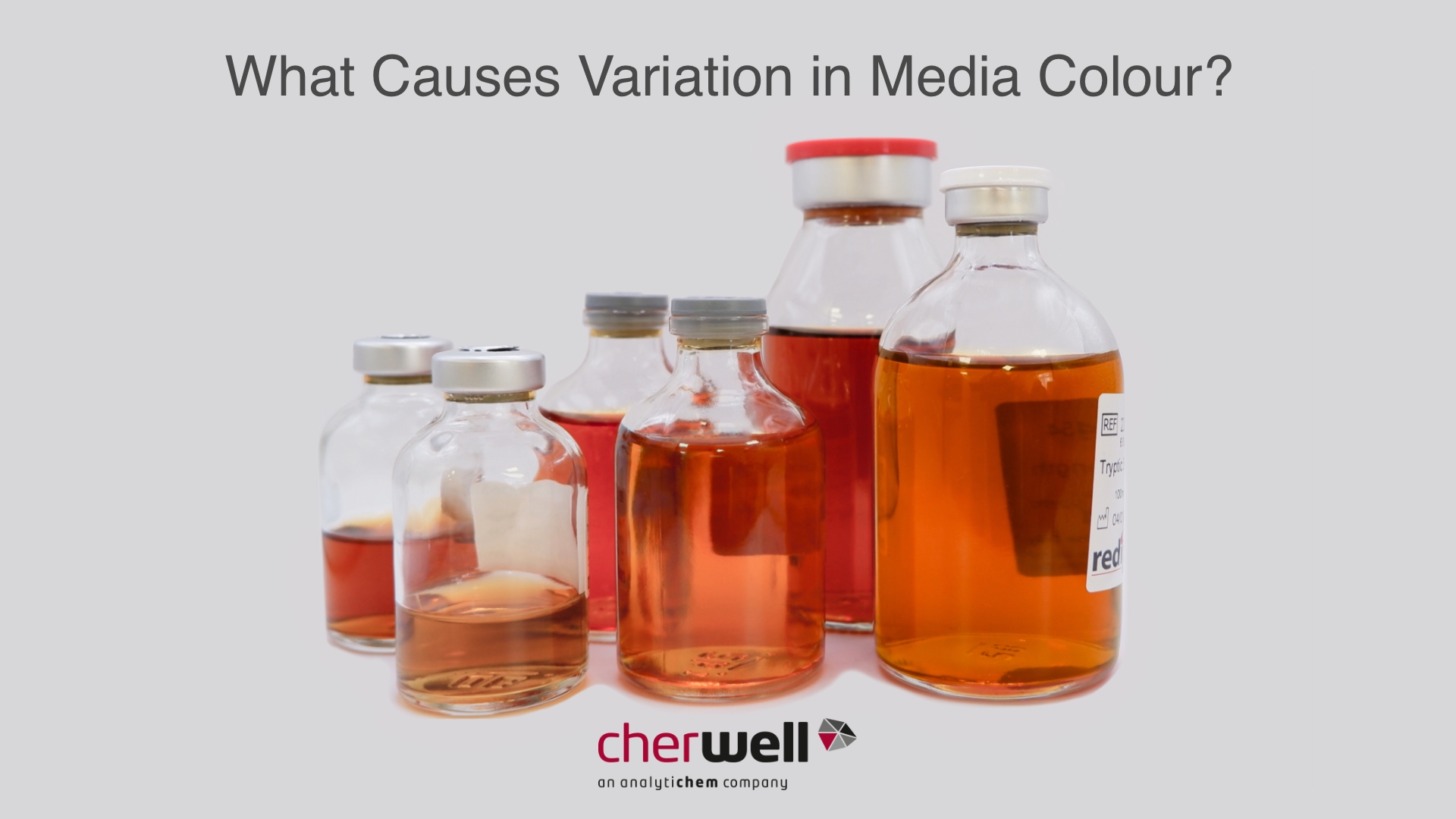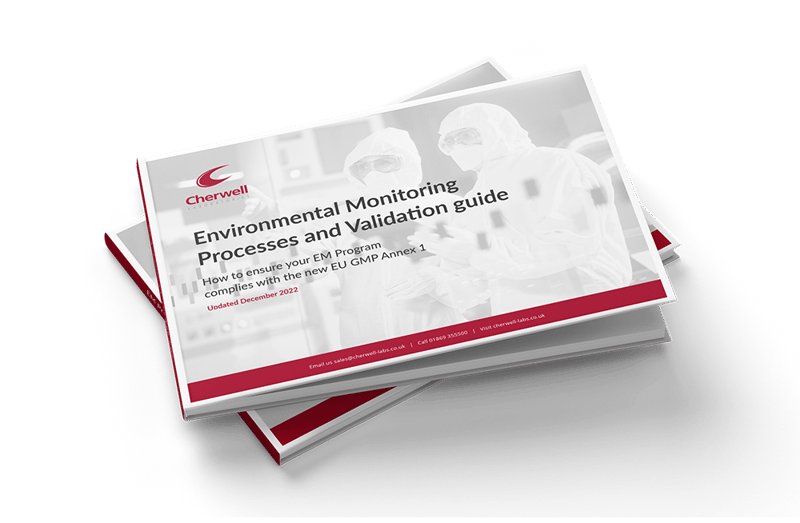Colour variations are a natural part of manufacture
Prepared media products used when conducting microbiology studies or environmental monitoring, such as tryptone soya media – also known as soya-bean casein digest medium, to support bacterial growth, or Sabouraud dextrose media, to support growth of fungi [2,3] – are generally straw-like to golden-brown in colour following the sterilisation process they undergo during manufacture.
Although validated sterilisation processes are used when producing prepared microbiology media, there can be batch-to-batch variations; this can result in differences in the final colouration.
This colour variation is a natural part of the production process, and does not compromise the product’s performance.
Sterilisation is essential
The media selected and the application for use are important. Part of this decision-making is to ensure that the media supports the bacteria or fungus being targeted, thereby giving confidence that the area or application is under control. Selection of the most appropriate type of media to be used for sterility testing should be validated based on the properties of the tested product, microorganism of interest, and suitability of the media for the test [2,3].
Appropriately produced microbiology media should comply with the specified requirements stipulated by the manufacturer. Information such as pH range, expiry date, batch number and growth promotion testing will be specified in the Certificate of Analysis (CoA).
When conducting microbiology studies, it’s important that media are sterile and free from contaminants before use. Sterilisation can be achieved by various methods, such as dry heat, moist heat, irradiation, chemical processes, or filtration [1,2]. It’s this essential sterilisation process that can result in variations in media colour.
Why colour variations occur

Our short video explains what causes variations in the colour of media
Most microbiology media contain nutrients, such as glucose or dextrose, to support the growth of microorganisms. When liquid media are subjected to autoclaving for sterilisation, the media is usually heated to 121 degrees Celsius for 15 minutes. During this process, the sugar and amino acid contents undergo natural, non-enzymatic browning – the Maillard reaction [4] – which results in the distinctive, golden-brown colour of the final product. This browning results from a chemical reaction between the ingredients of the media when heated. These colour variations can occur for several reasons.
One factor is potential variations in temperature within the autoclave. This can result from differences in the autoclave’s load for each cycle [5]: longer exposure to higher temperatures, within the controlled tolerance, could accelerate the browning process. Differences in autoclave load, for example small bottles vs larger bottles, affects both the time taken to reach the target temperature, and the length of the cooling down period.
In the context of environmental monitoring, colour variation has no impact on the ability of the media to support growth of microorganisms, as long as the other criteria within the specification are met.
To discuss your specific requirements and Cherwell’s Redipor range of prepared media products, contact our team.
References:
1. Swenson VA, Stacy AD, Gaylor MO, Ushijima B, Philmus B, Cozy LM, Videau NM, Videau P. Assessment and verification of commercially available pressure cookers for laboratory sterilization. PLoS One. 2018 Dec 11;13(12):e0208769. doi: 10.1371/journal.pone.0208769. PMID: 30533061; PMCID: PMC6289433.
2. Jimenez, L., 2004. Sterility test and procedures. Microbial contamination control in the pharmaceutical industry, pp. 77-78, 118-120.
3. Sandle, T., 2012. Sterility test failure investigations. Journal of GxP Compliance, 16(1), p.66.
4. Tamanna N, Mahmood N. Food Processing and Maillard Reaction Products: Effect on Human Health and Nutrition. Int J Food Sci. 2015;2015:526762. doi: 10.1155/2015/526762. Epub 2015 Jan 8. PMID: 26904661; PMCID: PMC4745522.
5. Talekar, A.R. and Pise, A.G., 2023. Systematic Approach of Autoclave Qualification: A Review. Int J Med Phar Sci| Vol, 13(9), pp.1-6.







